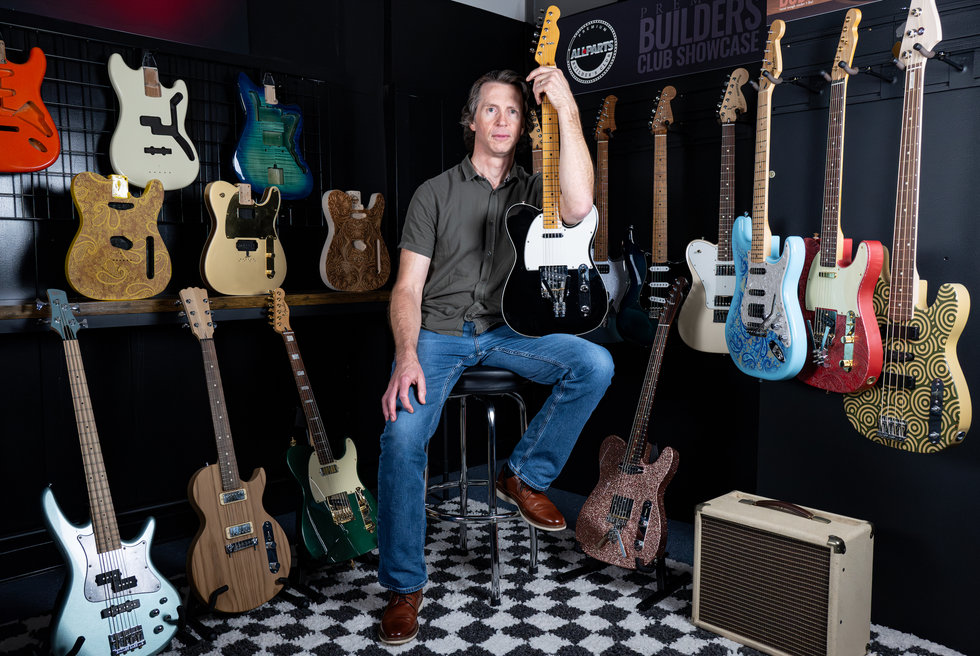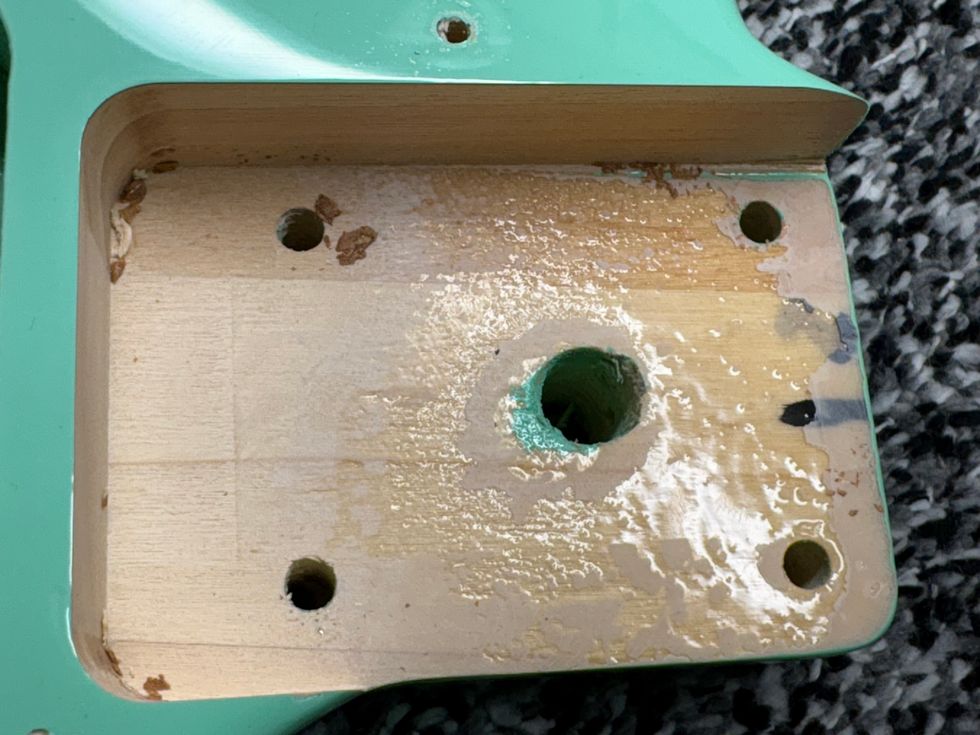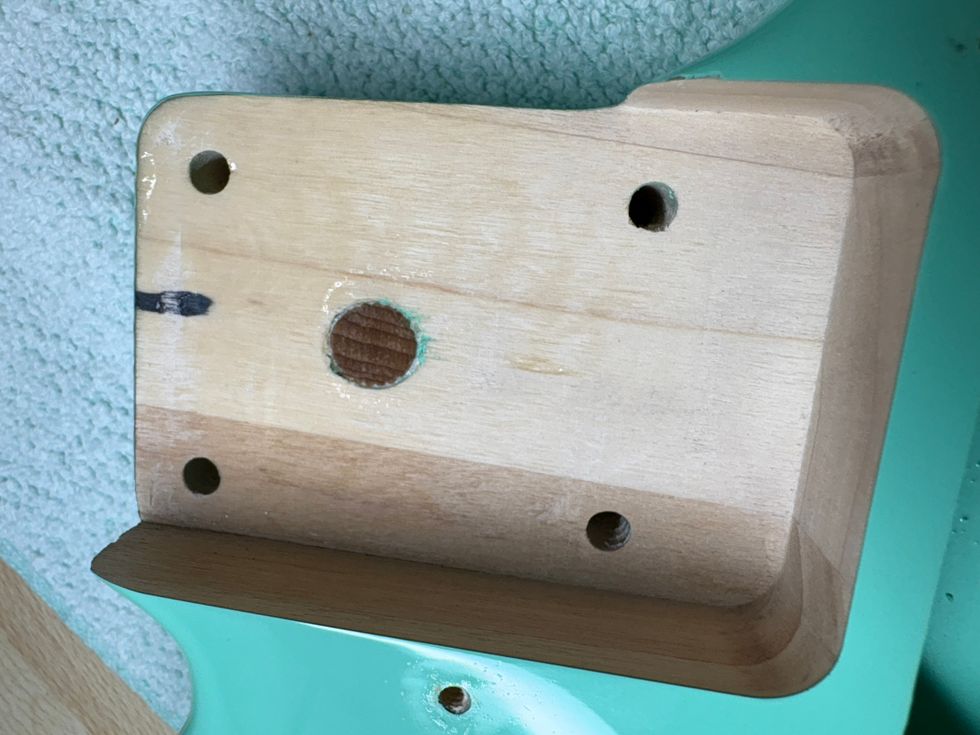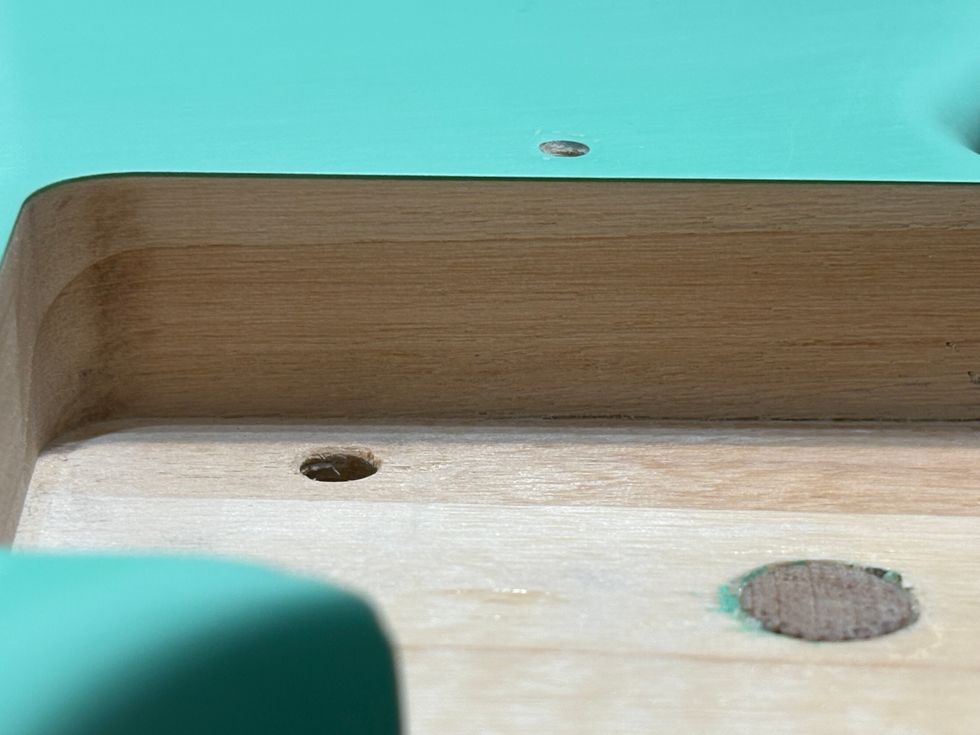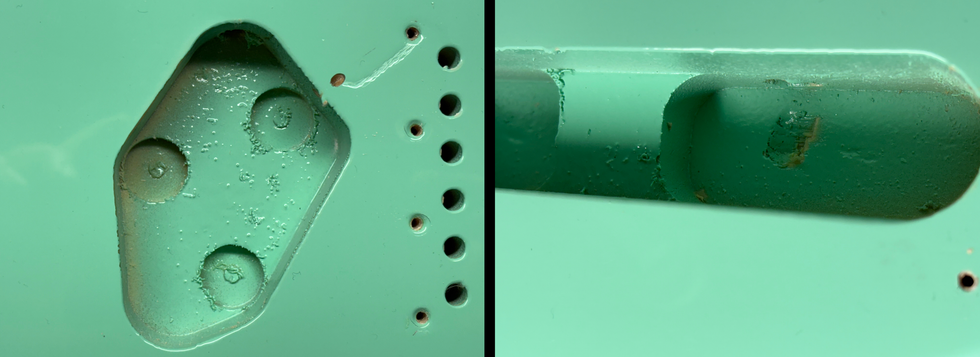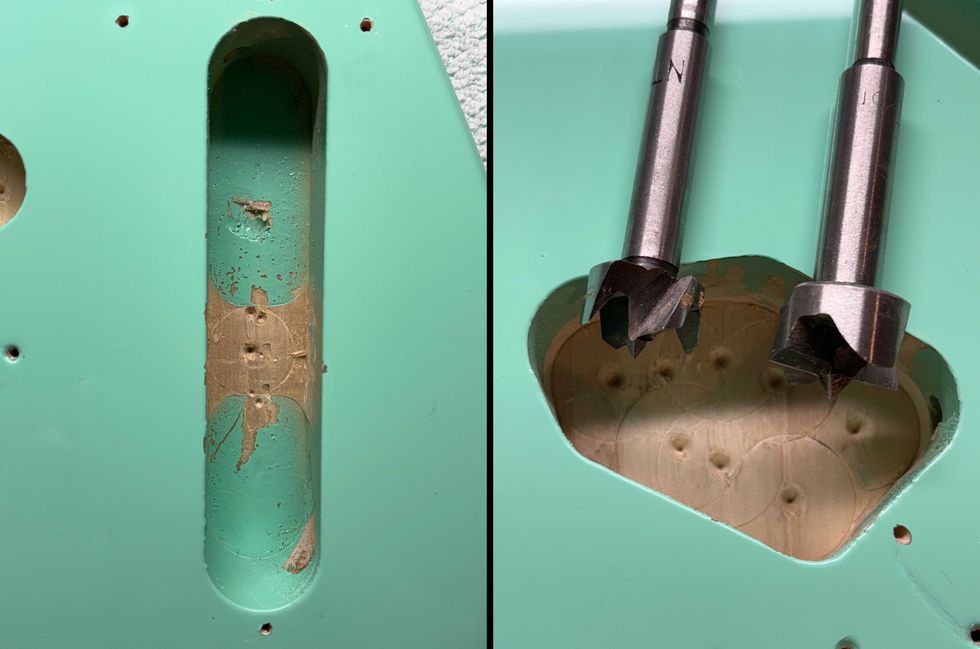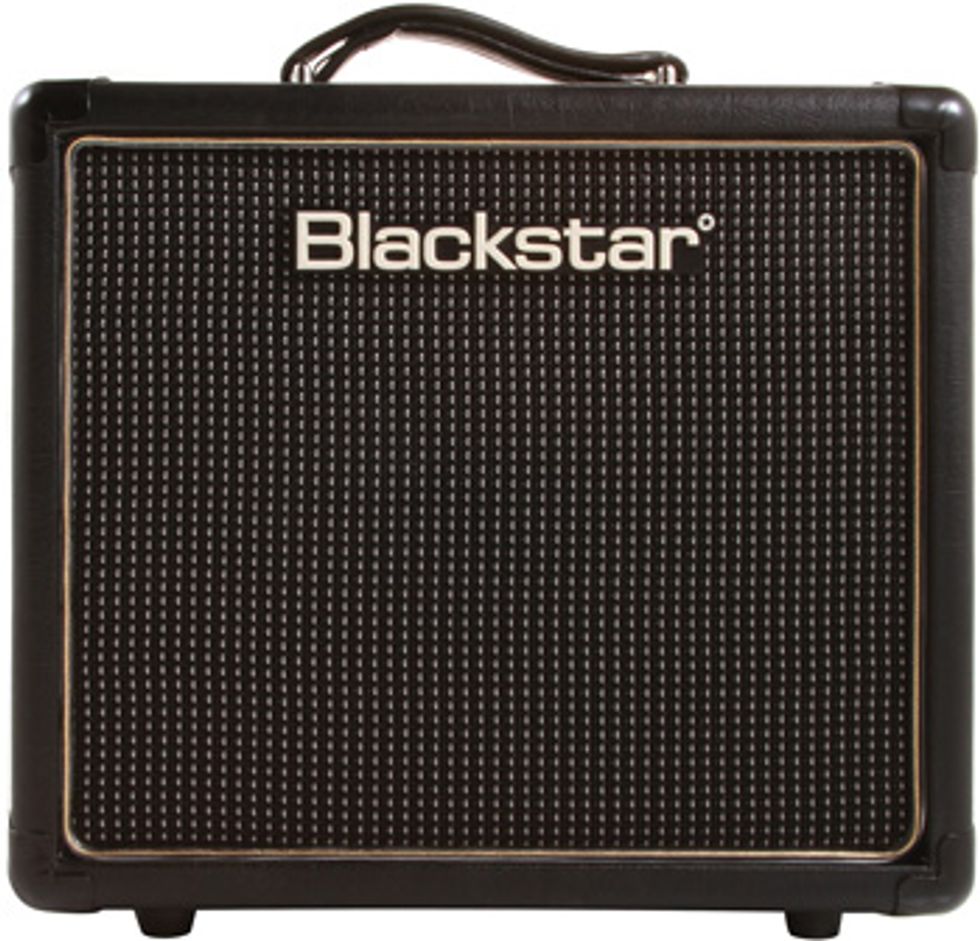
The Blackstar HT-1 combo amp drives a whopping single watt of power through an 8" speaker for great tone at a reasonable volume level.
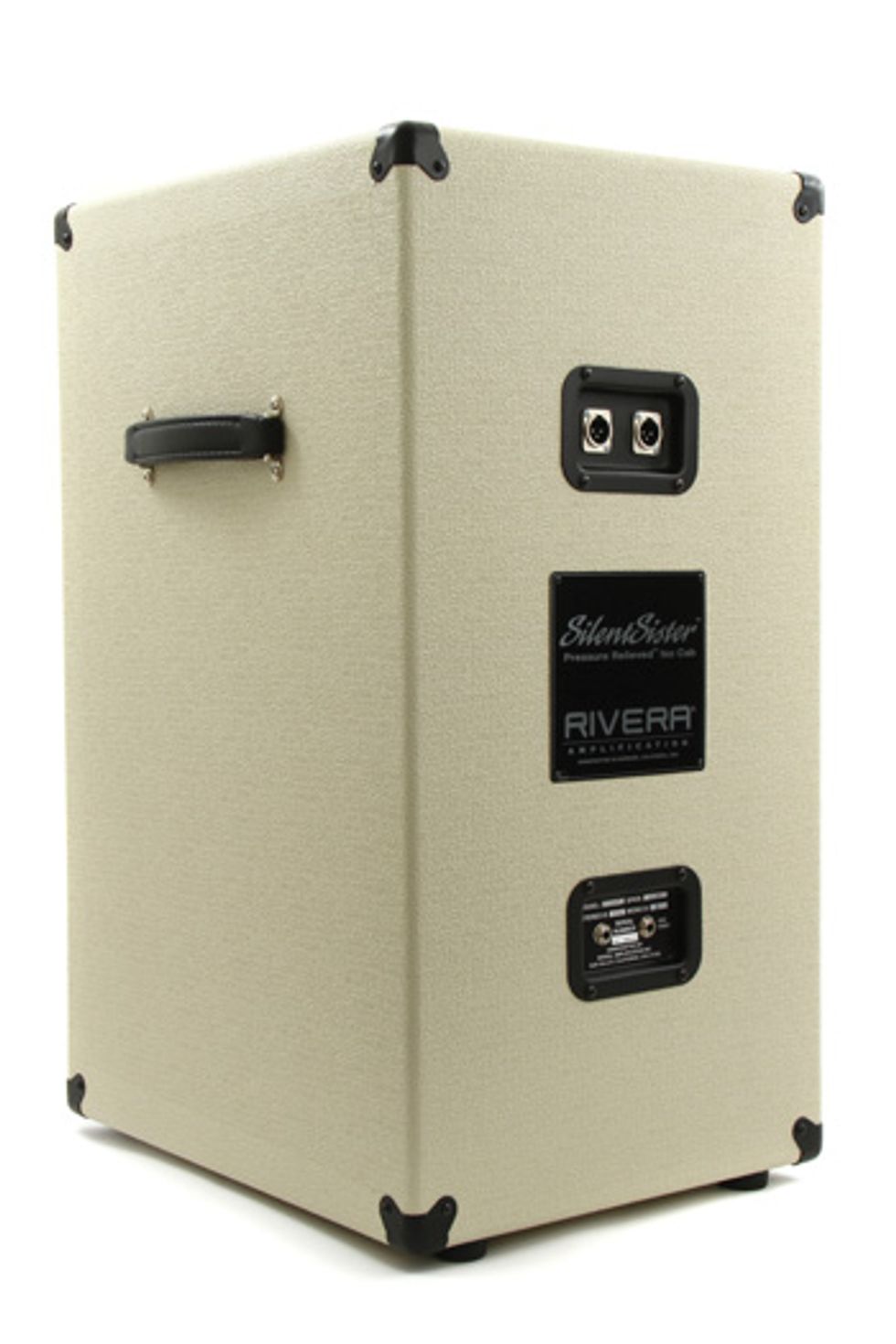
Rivera’s Silent Sister features a 12" Celestion Vintage 30 speaker sealed in an enclosure. Your amp’s speaker output drives the Vintage 30 and a microphone mounted on a gooseneck inside the enclosure sends a signal out of the box to studio monitors or a live sound console at whatever volume level you choose.
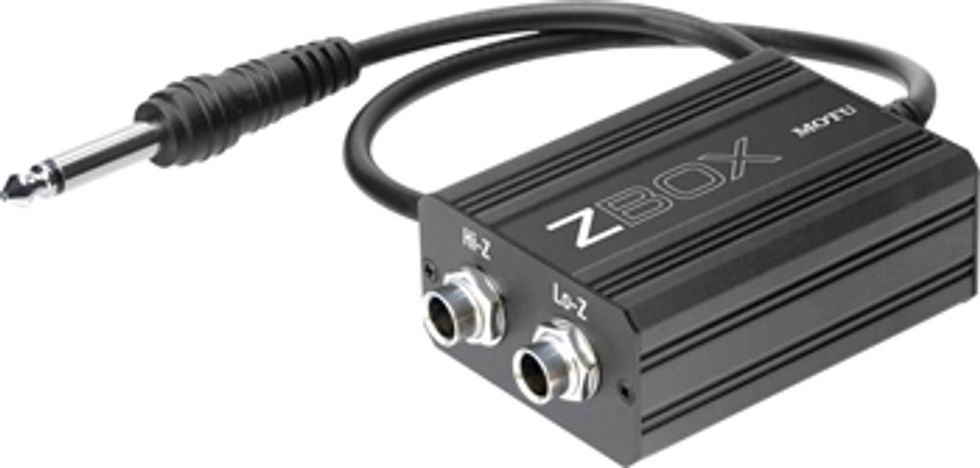
MOTU’s ZBox provides a proper impedance match between your guitar and audio interface or other piece of gear so that playing feel is maintained.
So you finally have a couple of hours free for a nice evening of woodshedding in your music room/home studio. Your amp is warmed up, pedalboard plugged in, your favorite axe is freshly strung and tuned, and the changes you’re planning to work on soloing over are cued up to play through the monitors. You switch off your amp’s standby and strum a nice, big, open E chord to set the mood and check your tone.
Then you hear those fateful words: “Honey, Breaking Bad is coming on, can you please turn it down?” Your amp is barely on as is, and if you turn it down any more, your tone will really suffer. Then suddenly, the inspiration and motivation are gone.
A similar scenario can occur when recording because you need a certain volume level to achieve the tone you want. And equally important, you don’t want undesired noise from outside the studio to get onto your tracks. Be it traffic noise, flushing toilets, doors slamming, footsteps above or below—there are countless culprits for unwanted noise making its way into your microphones.
Sound control is a real problem for all musicians. Those with, shall we say, a certain attitude—will say, “Screw it, it’s my place, too, and I’ll make all the noise I want.” Certainly an option, it’s not one that will lead to harmonious relationships with family members and neighbors. Because I hate to be bothered by someone else’s noise, I’ve never taken this attitude. Even more than that, it makes me very self-conscious knowing that someone is being forced to hear me play endless scales and arpeggios, or struggling to perfect a solo by playing it over and over.
Sound waves propagate very nicely through air, wood, drywall, windows, and most doors. So in the interest of keeping the peace, the following are good options to explore and discuss.
Low-wattage amps. It’s common sense: A smaller amp produces less volume than a larger amp. The problem was, until recently, there weren’t many truly small amps (1 watt or so) that sounded very good. Things have changed, though, and Vox, Marshall, Blackstar, and a number of other manufacturers are now making great-sounding small amps.
Power attenuators. A power attenuator absorbs some of the power coming from an amp, reducing the power that is available for driving the speaker, and thereby reducing the volume. An attenuator can certainly drop your amp’s volume, but may or may not also change the tone and feel of the amp.
Isolation boxes. You could also place your amp or speaker in a sealed box to contain its volume. A microphone inside the box can then be routed to your studio monitors for listening at any volume. Many big-stage rigs are run this way now, and it’s an alternative for home use as well. That said, it’s not quite as simple as just playing an amp, and you may also run the risk of changing the tone with this method.
Amps with headphone outputs. Many amps now include headphone outs, which disable the speaker when headphones are plugged in. This allows for truly silent practice, but may not provide the tone you want, and not everyone likes playing through headphones.
Amp modelers. Whether it’s a pedal or a software program, modelers that simulate the sound of an amp are a convenient solution for practicing at controlled volume levels. Opinions certainly vary on how well modelers emulate a real amp. In my opinion, the key is getting the impedance to match properly with your guitar, as the AVID Eleven Rack, the MOTU ZBox, and other devices do, which makes playing guitar through a modeler feel right. Modelers typically offer many other benefits, such as built-in rhythm tracks, MP3 playback or MP3 player inputs, built-in tuners, built-in effects, and much more.
Each of these solutions will reduce your guitar’s volume. How well each one maintains your tone and the playing feel you expect is a matter of personal preference. And how well each works with your preferred way of practicing—with backing tracks, a metronome, a drum machine, strictly from sheet music, or whatever it might be—will vary as well.
Hopefully one of the methods will work for you. I’ve used them all with success for practice, recording, and even low-volume band rehearsals. But there is another way to practice and record with complete freedom: Create an environment where sound cannot escape. A soundproof studio or practice room, while ideal, depends on many factors such as where your space is located, how it’s constructed, how much money you can spend, etc.
Next we’ll discuss how to minimize sound leakage into and out of your studio, and how to optimize the acoustics inside your space—no matter how soundproof it is—so that your guitar and your recordings will sound their best. Stay tuned.
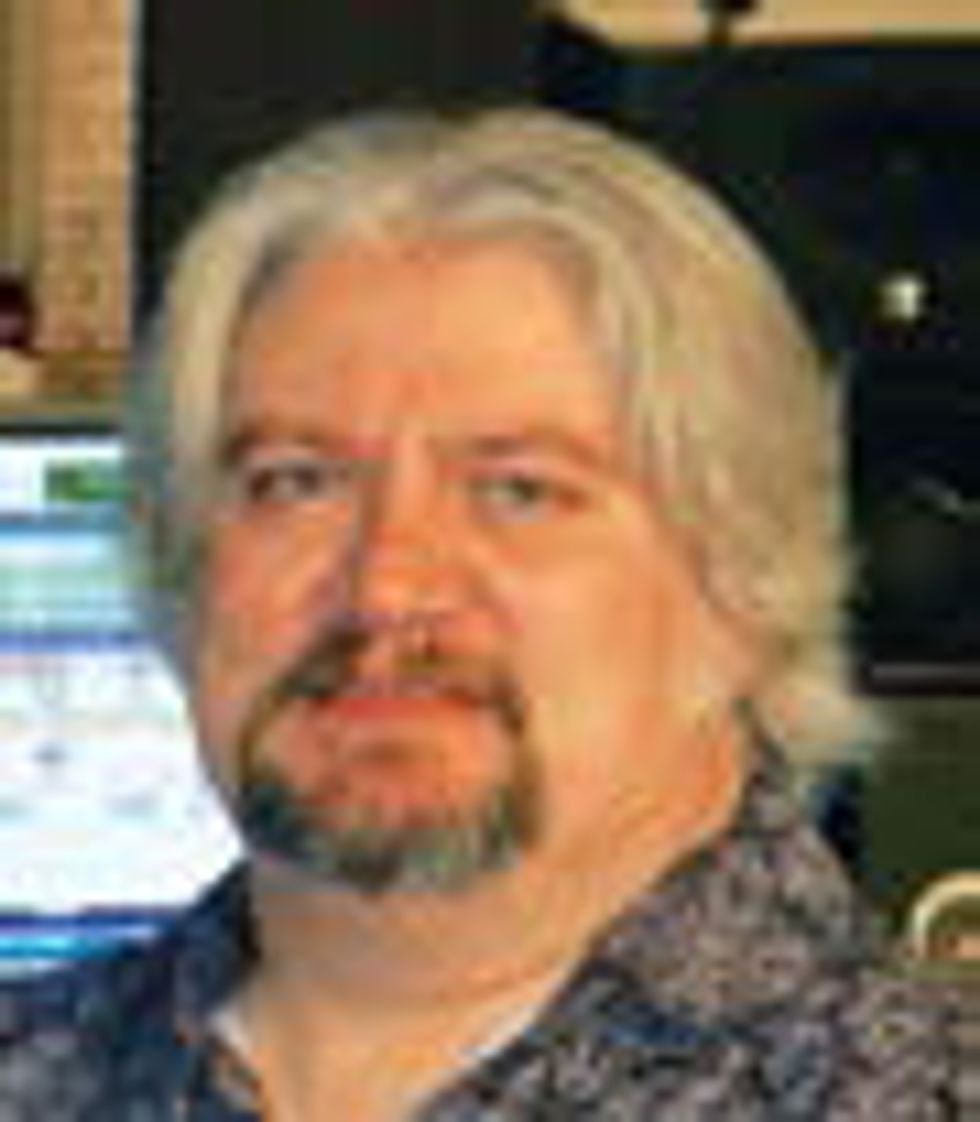 Mitch Gallagher's latest book is
Guitar Tone: Pursuing the Ultimate Guitar
Sound. He is the former Editor in Chief of
EQ magazine. In addition to being a writer,
he is a freelance recording engineer/producer/
mastering engineer, teaches music
business and audio recording at Indiana
University/Purdue University, and is Sweetwater’s Editorial
Director. www.mitchgallagher.com
Mitch Gallagher's latest book is
Guitar Tone: Pursuing the Ultimate Guitar
Sound. He is the former Editor in Chief of
EQ magazine. In addition to being a writer,
he is a freelance recording engineer/producer/
mastering engineer, teaches music
business and audio recording at Indiana
University/Purdue University, and is Sweetwater’s Editorial
Director. www.mitchgallagher.com


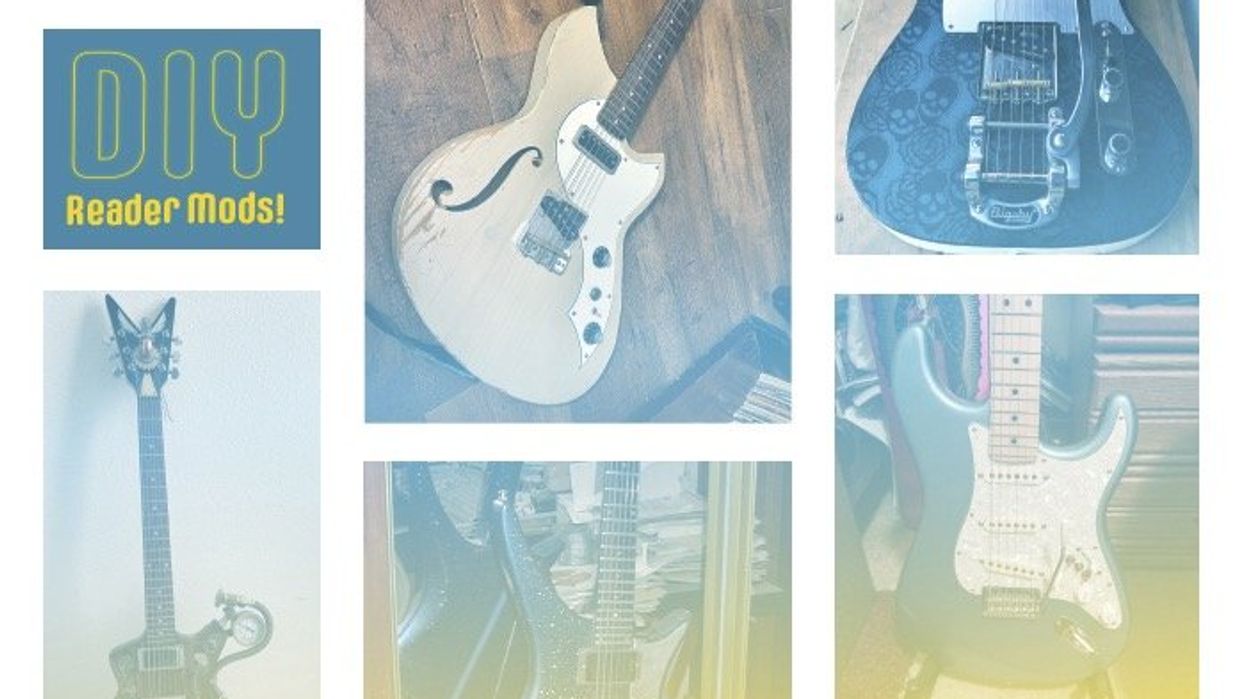
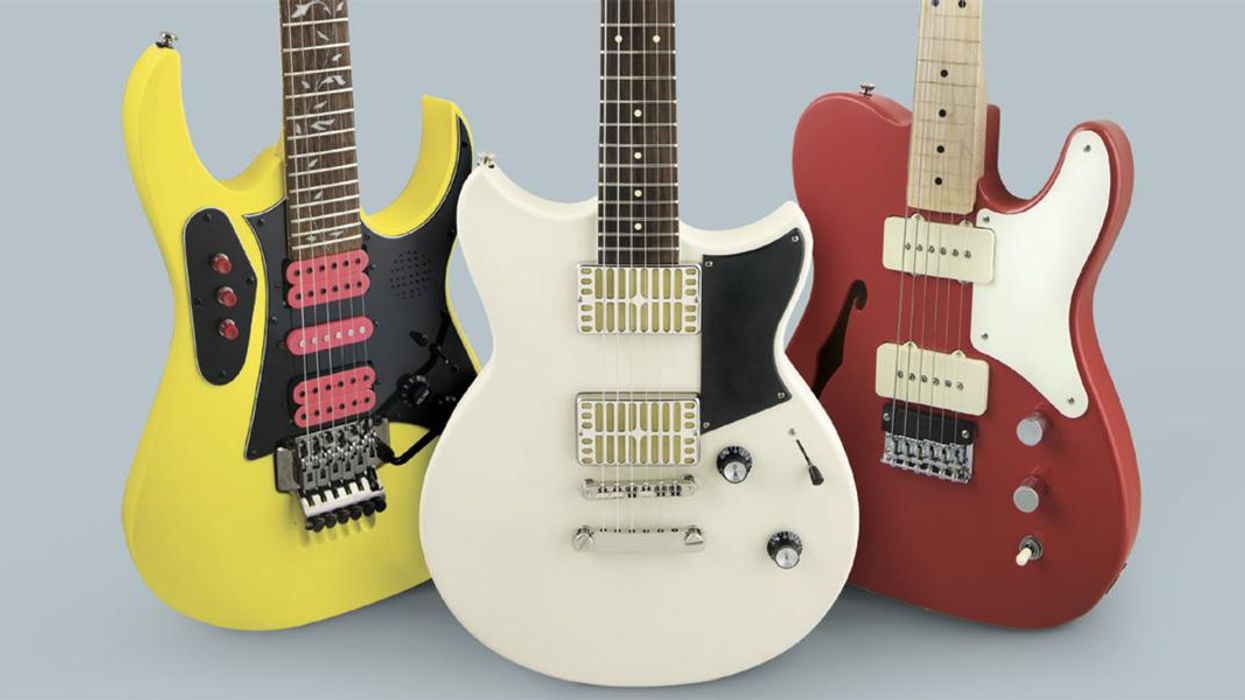
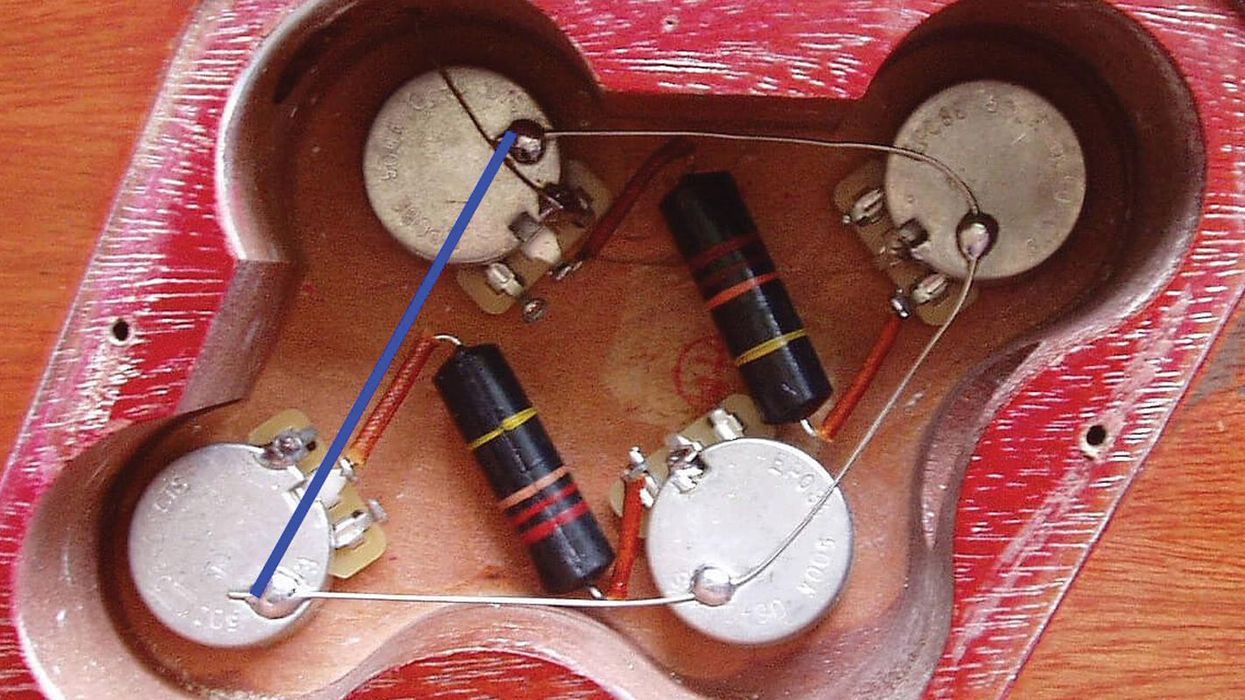
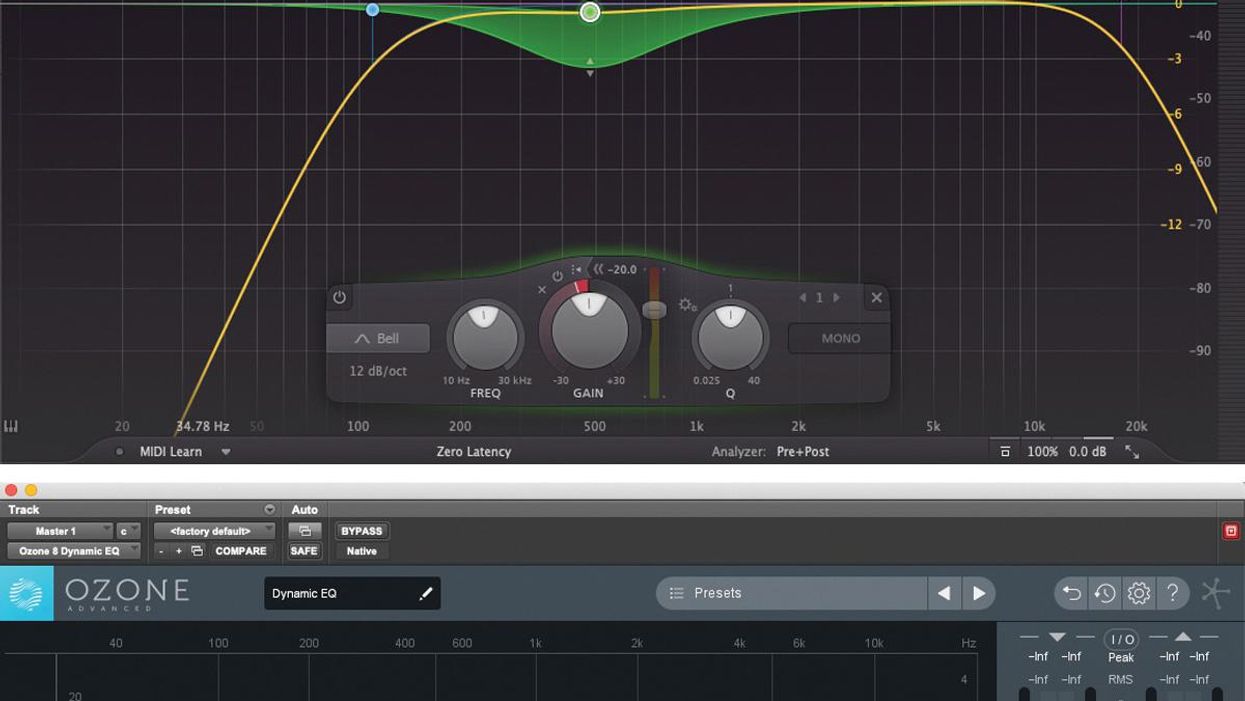












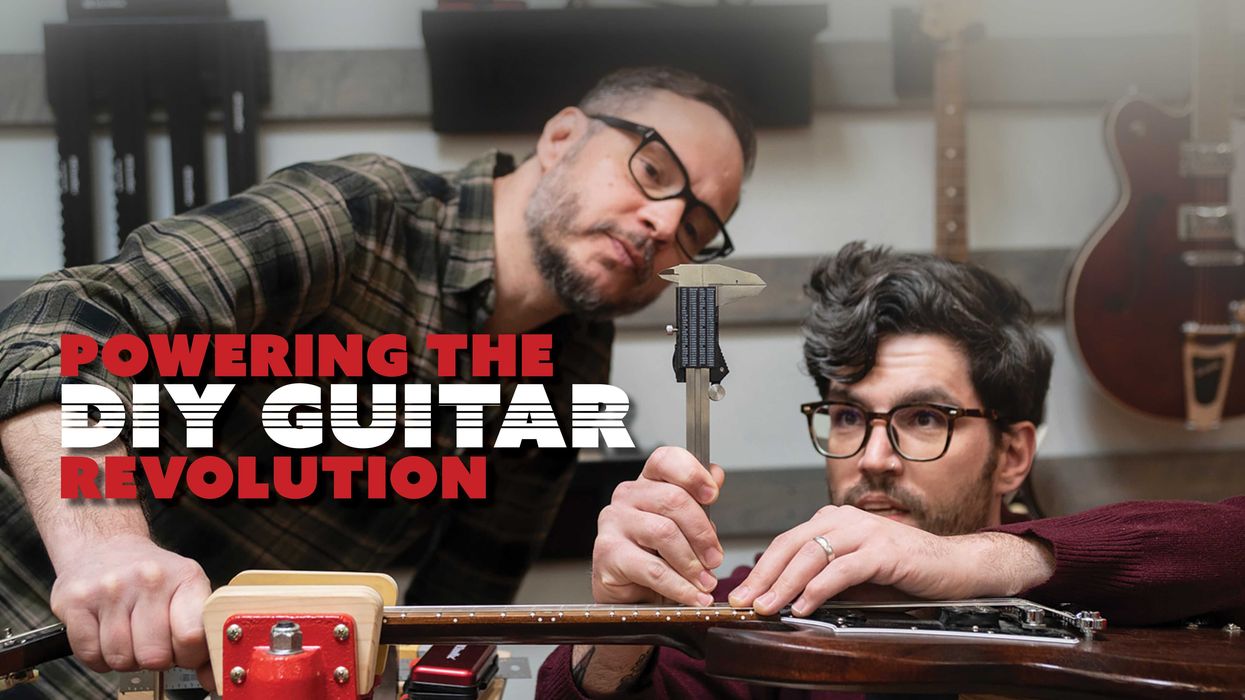
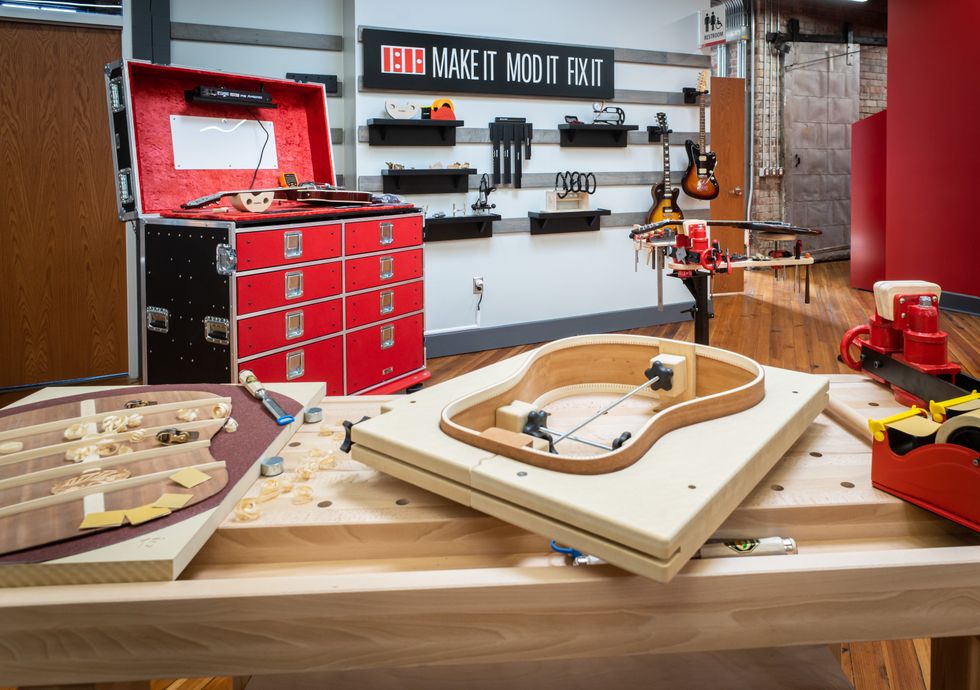

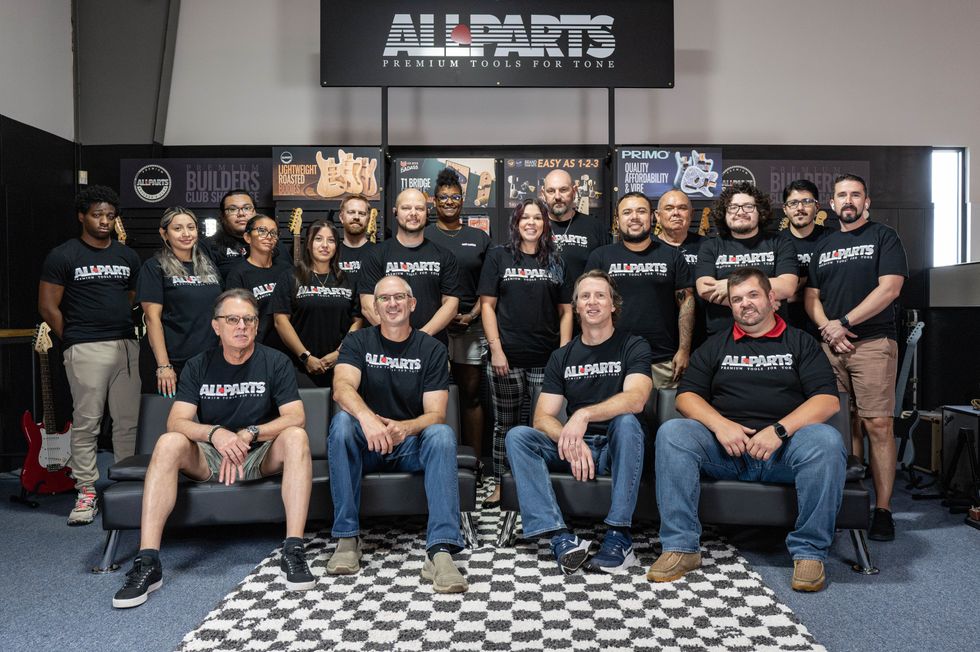 The Allparts team at their Houston warehouse, with Dean Herman in the front row, second from right.Photo by Enrique Rodriguez
The Allparts team at their Houston warehouse, with Dean Herman in the front row, second from right.Photo by Enrique Rodriguez